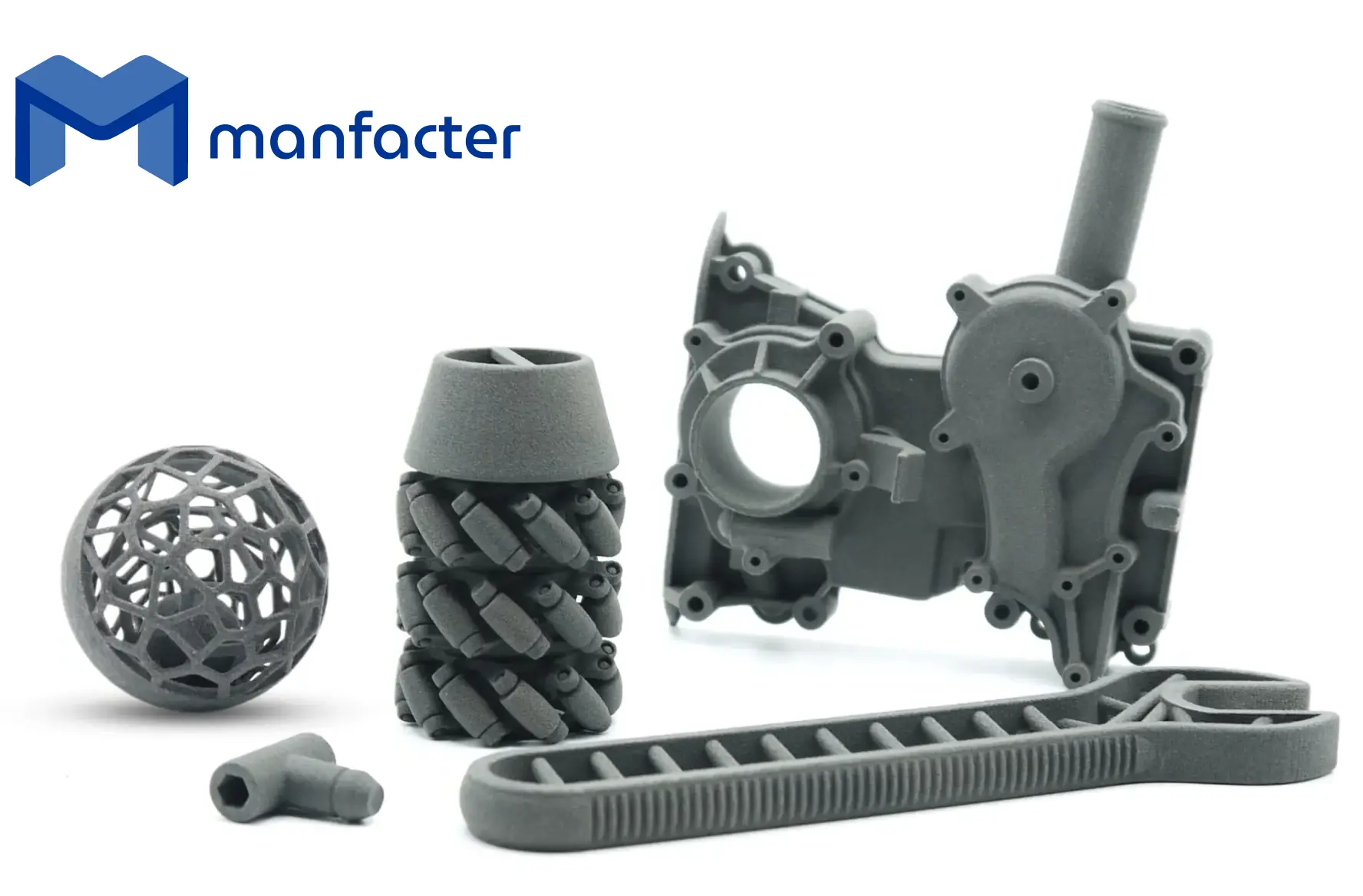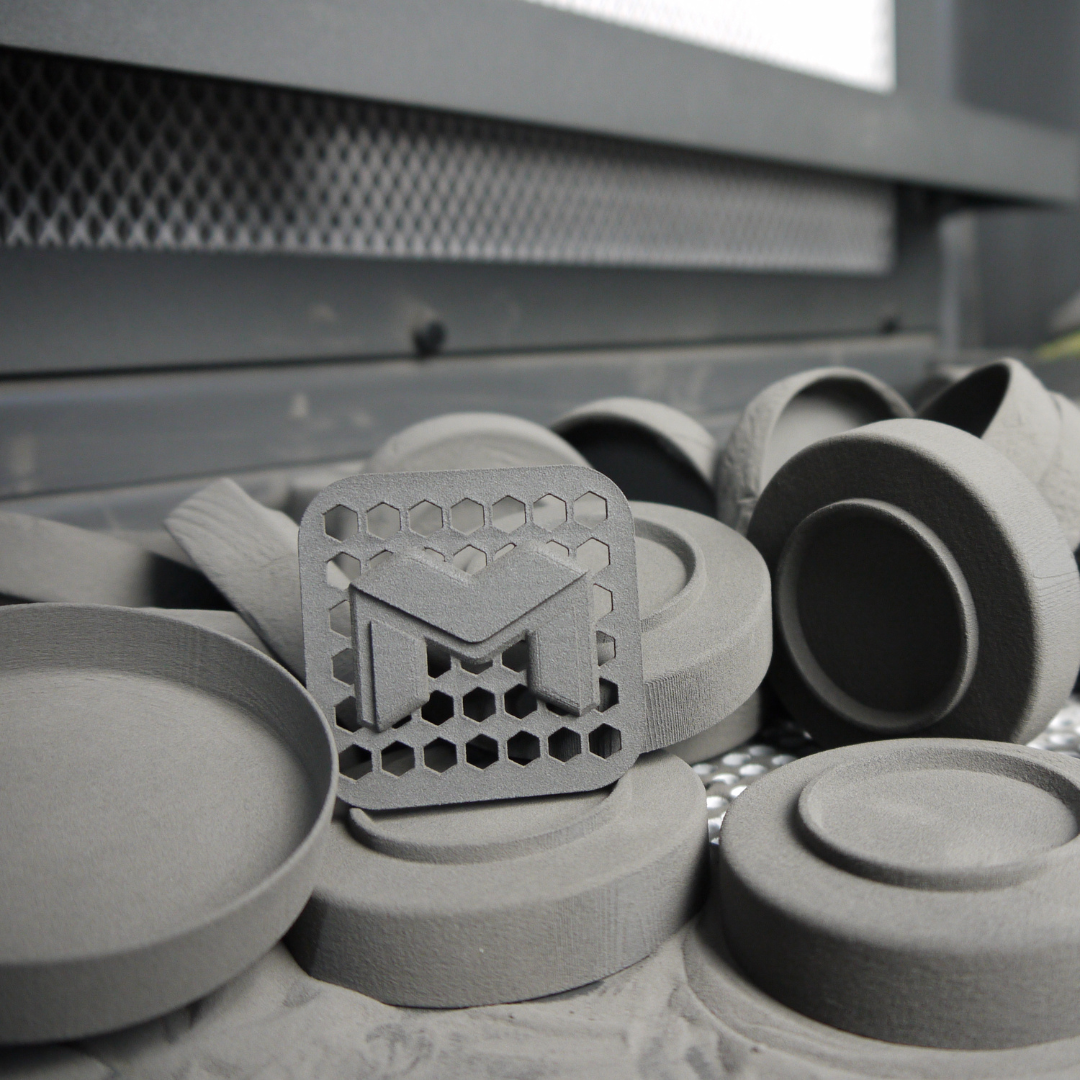TECHNOLOGY
SLS 3D Printing
Selective Laser Sintering
An ideal option for engineers thanks to its ability to produce complex geometries. The manufactured parts have excellent mechanical properties, with strength comparable to injection-molded components.
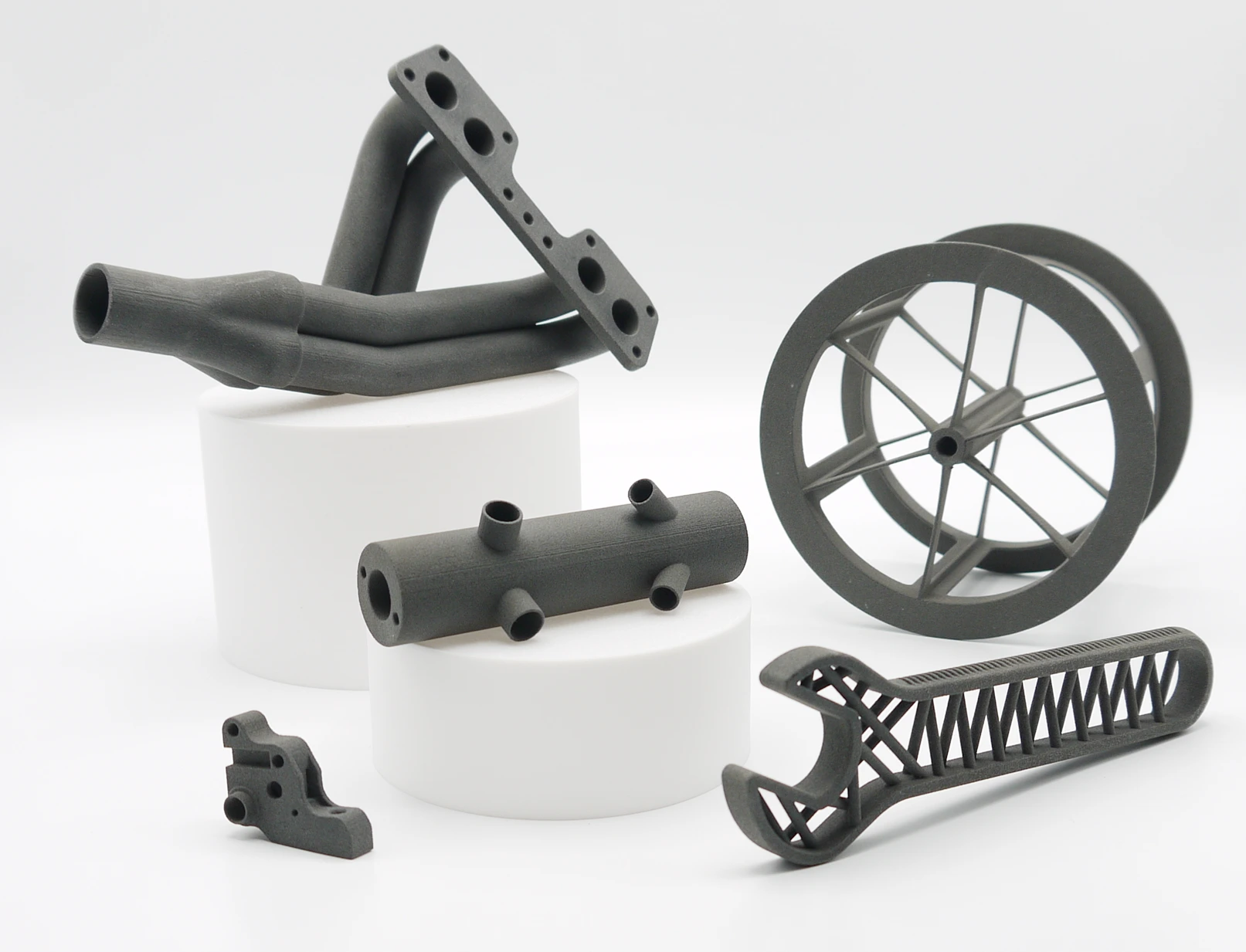
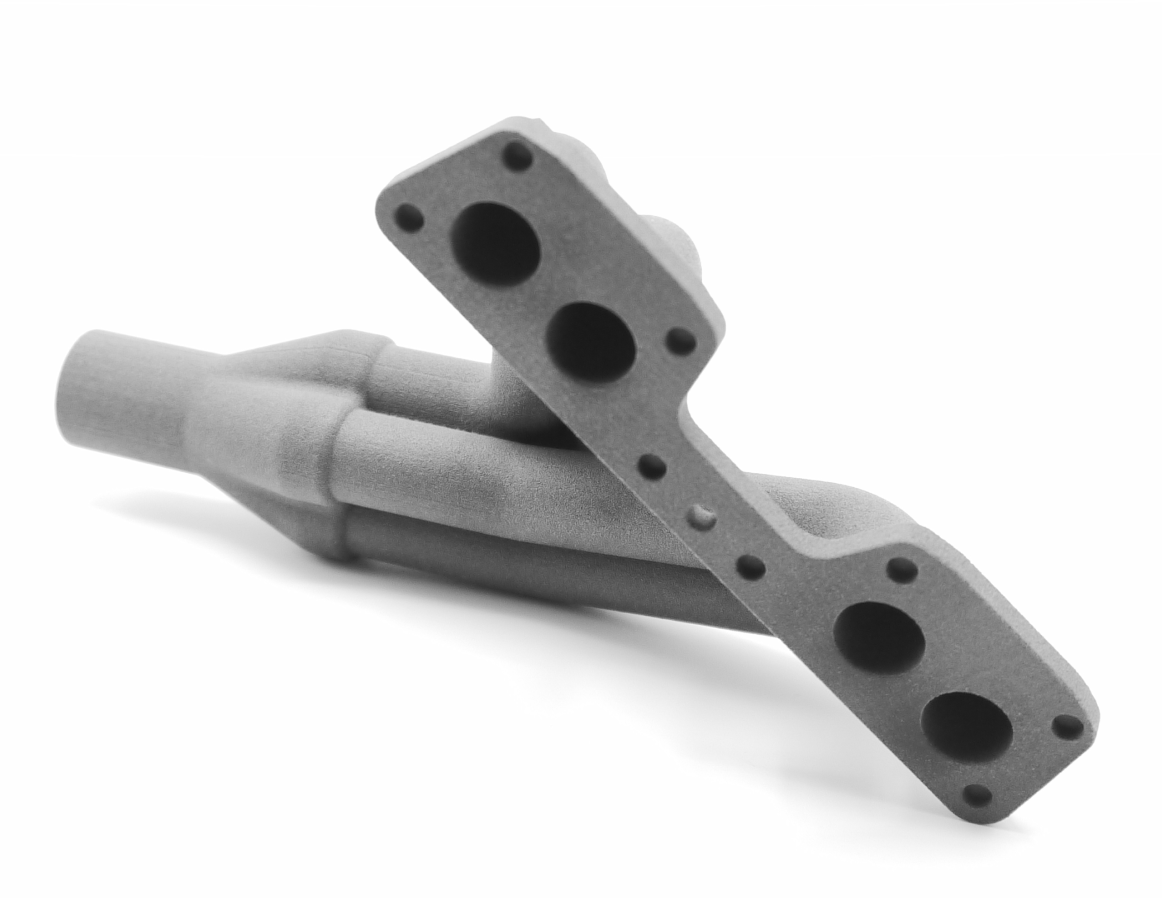
What is SLS 3D Printing?
Selective Laser Sintering (SLS) is a 3D printing technology that uses a laser to sinter polymer powder particles, fusing them layer by layer. This technique enables the creation of solid parts with high mechanical strength and geometric complexity, without the need for support structures. It is ideal for producing functional prototypes, end-use parts, and low-volume series production, using materials such as Nylon PA 12 and other advanced polymers.
Minimum Design Tolerances
PARAMETER
VALUE
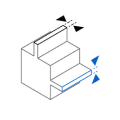
0.3 mm
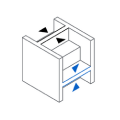
0.3 mm
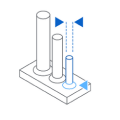
0.8 mm
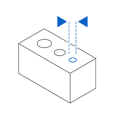
1.0 mm
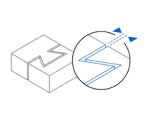
0.2 mm
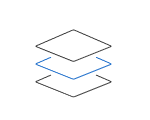
0.11 mm
MATERIALS
Wide Selection of Materials for SLS 3D Printing
Nylon PA 12 (SLS)
Nylon PA 12 is the most common material for SLS, offering an excellent balance of mechanical strength, durability, and long-term stability. It is ideal for functional prototypes, end-use parts, and consumer products that require high resistance to extreme conditions and chemicals.
Properties:
-
- UV resistance
- Good mechanical and thermal strength
- Great design freedom and precision
MANUFACTURING SERVICES
Discover Our Technologies
At Manfacter, we offer professional-quality 3D printing solutions to bring your ideas to life. From rapid prototyping to end-use parts production, we guarantee high-quality, fast, and cost-effective results. We use industry-leading technologies such as SLS, FDM, SLA, and MJF, allowing us to adapt to the needs of any sector.

It offers speed and the ability to produce complex geometries without support structures.
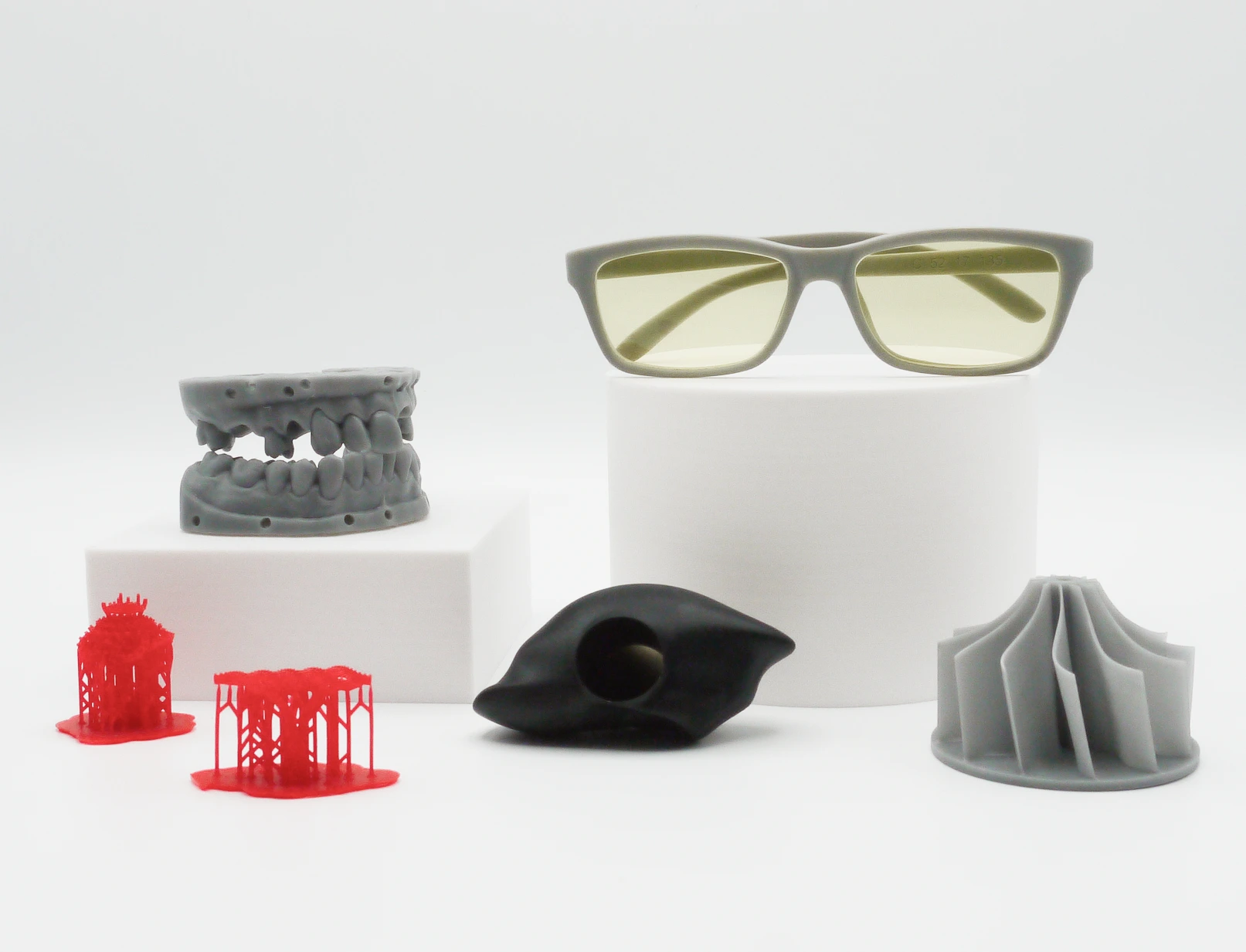
It offers the highest resolution level and accuracy among all additive manufacturing technologies.

Ideal for engineering thanks to its ability to produce complex geometries.
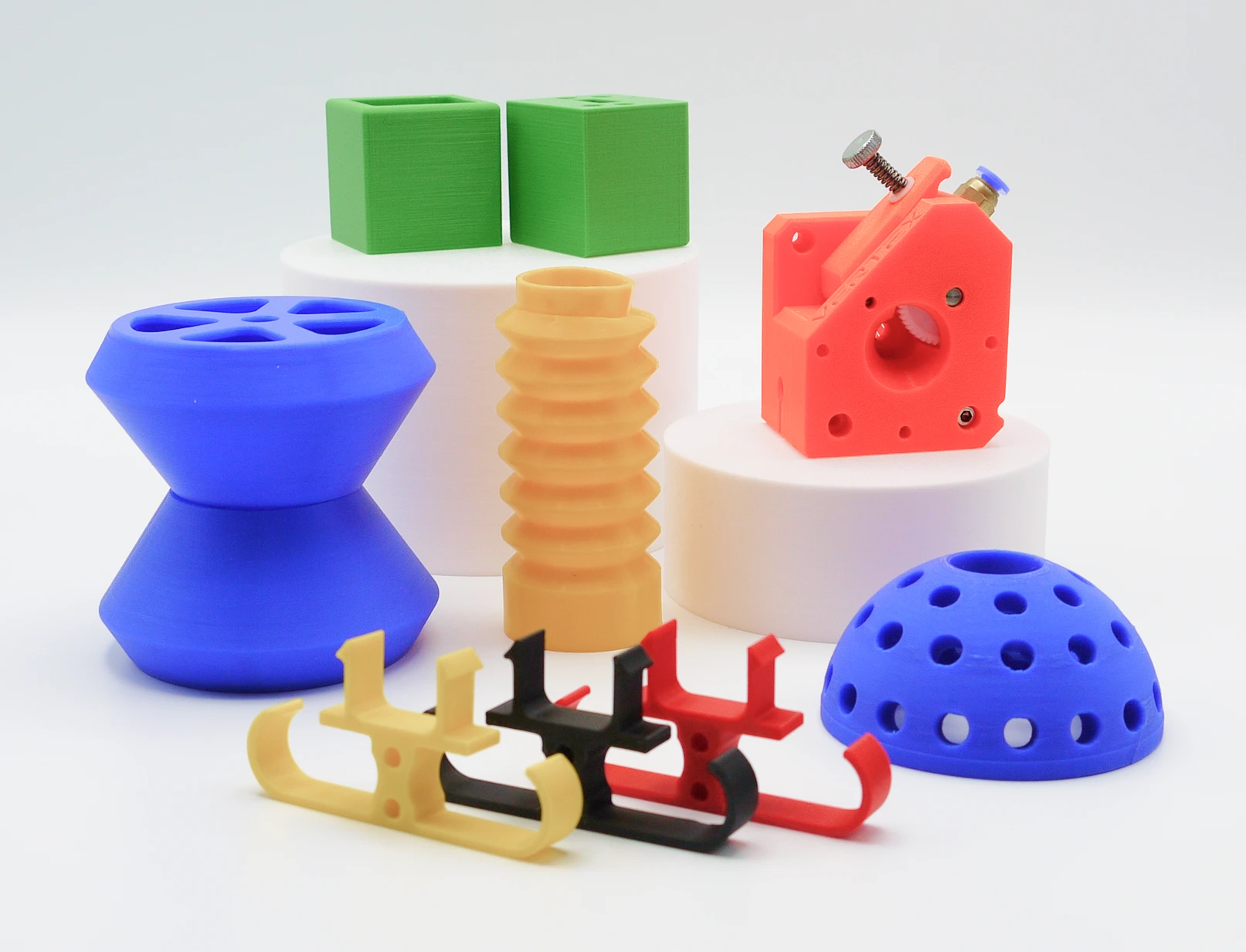
It offers a wide variety of materials and the capability to produce large parts.

It offers speed and the ability to produce complex geometries without support structures.

It offers the highest resolution level and accuracy among all additive manufacturing technologies.

Ideal for engineering thanks to its ability to produce complex geometries.

It offers a wide variety of materials and the capability to produce large parts.
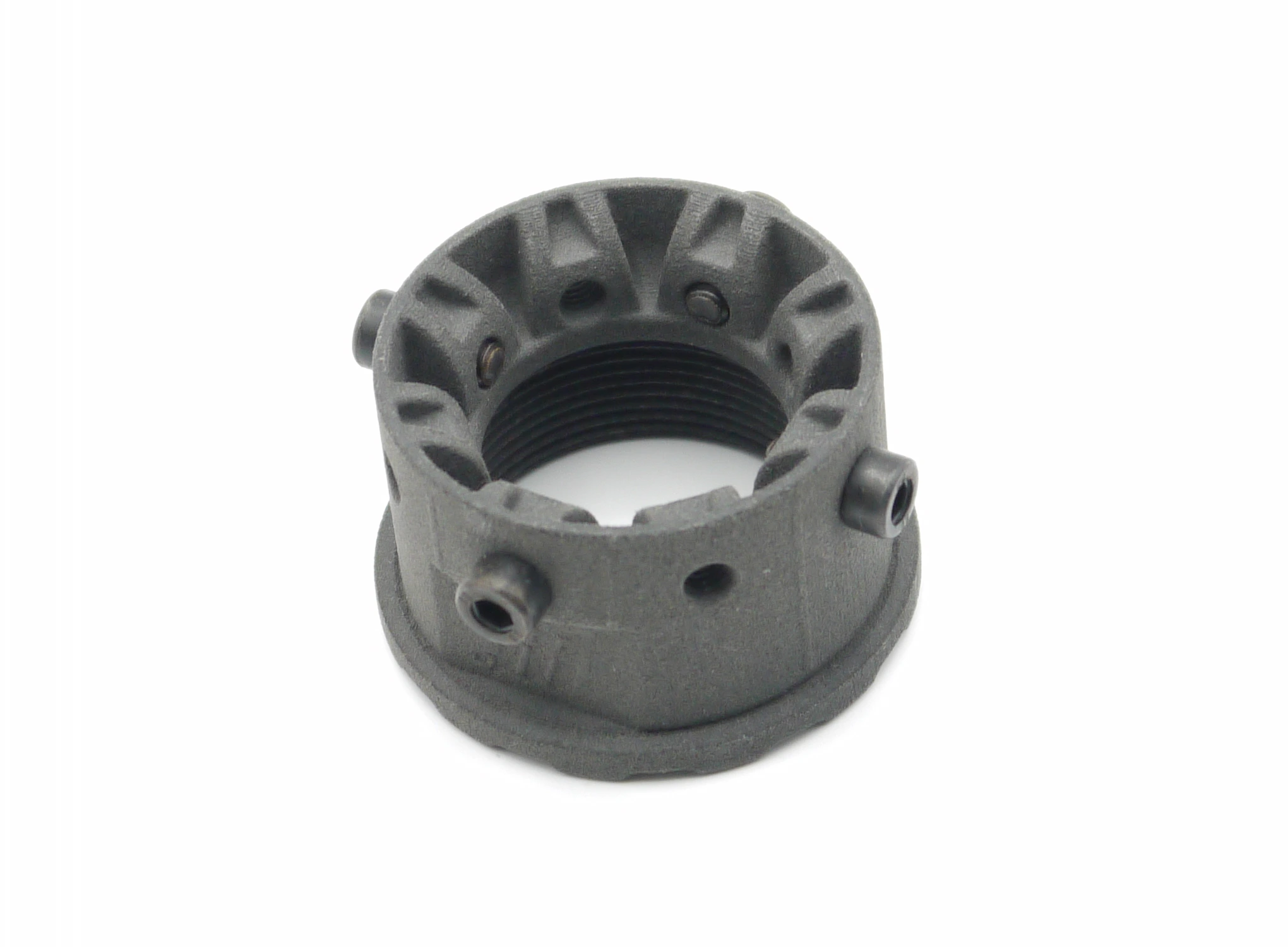
Looking for a fast way to manufacture parts?
With our SLS technology, you can get high-quality functional parts quickly, efficiently, and cost-effectively for your project.
Frequently Asked Questions About SLS 3D Printing
What types of finishes do SLS parts have?
SLS parts have a textured surface finish that can be polished or treated according to the customer’s requirements.
What types of parts are ideal for SLS printing?
SLS printing is ideal for functional parts, assembly prototypes, and complex components such as housings or brackets, as well as parts with fine details. Thanks to its durability, it is also suitable for end-use parts in sectors such as automotive, consumer goods, and electronic devices.
Can parts with moving features be manufactured using SLS?
Yes, with SLS it is possible to produce assemblies with moving parts in a single print, without the need for post-assembly. This allows the design and production of gears, hinges, and other complex mechanisms in an integrated way.
What are the design recommendations for SLS 3D printing?
For SLS, it is recommended to use a minimum wall thickness of 1 mm, apply proper tolerances for assembly parts, and avoid extremely small or fine details that may not print accurately. Complex shapes are achievable since no support structures are required.
What type of file should I provide for printing?
The most commonly used formats are STL and STEP, as they contain the geometry information of the part. You can upload them directly to our platform to generate an instant quote.
What level of dimensional accuracy and resolution can be expected in SLS?
Typical SLS accuracy ranges from ±0.1 to ±0.3 mm, depending on the size and shape of the part. Layer resolution is approximately 100 microns, which allows for good detail, though it is not ideal for ultra-fine features.
Are SLS parts porous? Can they be made watertight?
SLS parts tend to be slightly porous, especially those made with nylon. However, they can be sealed with coatings or sealants for applications that require resistance to liquids or gases.
Is SLS 3D printing suitable for volume production?
SLS technology is well-suited for the series production of small- to medium-sized parts, especially when the design is complex and the high cost of creating injection molds cannot be justified. It allows scalability for parts with customized geometries.
Is it possible to manufacture a prototype with SLS before mass production?
Yes, SLS printing is ideal for producing functional prototypes. It allows design testing, dimensional adjustments, and functionality evaluation before moving forward with mass production.
How sustainable is SLS 3D printing?
SLS technology enables efficient material usage, as unsintered powder can be partially reused in future prints, reducing waste. Additionally, by eliminating the need for support structures, excess material is minimized.
What kind of maintenance do SLS-manufactured parts need?
SLS parts require little maintenance, although those with mechanical functions may need additional lubrication or sealing. Parts exposed to outdoor environments can benefit from extra protective treatments.

